I've no idea how many of my readers enjoy the same wine week after week, but I love experimenting. One of the things I'm really passionate about is exploring the diversity of wines out there.
Of course there are styles I prefer, and wines I truly love as well as experiments which go wrong.
Reading Jancis Robinson's Wine Grapes (a guide to over 1300 varieties), I realise that "so many wines, so little time" has never been more true! My "Outside the Box" selection has given me a chance to try 12 wines that I'd probably never sample, and I hope that by sharing some of my experiences with you, you may feel brave enough to select something different next time you're in the market for some wine...
| Riesling from the Columbia Valley was new to me. In fact, wine from the Columbia Valley is new to me, though I now have a couple more to try. Riesling, Merlot, Chardonnay and Cabernet Sauvignon are the most widely planted varieties in this vast tract of land which encompasses around a third of Washington State's land. Further north than California and Oregon, benefitting from a range of micro-climates, vineyards are planted on predominately south-facing slopes, increasing solar radiation in summer and promoting air drainage in winter. With only 6-8" of rain a year, it's a far cry from our image of state capital Seattle as a rainy city. Riesling is perhaps not as popular as it once was. I love it's versatility in that it can produce anything from bone dry styles right through to the sweetest Ice Wines. I usually drink dry Riesling and this is more off-dry to medium in style with bags of character. A full on nose of florals, minerals and lime, my brain just says Riesling as soon as I stick my nose in the glass. Almost no need to sniff, the prominent bouquet leaps right out of the glass at you. It's a bold aromatic grape. One of the trademarks of a slightly aged Riesling is a hint of "petrol" and this wine definitely brings that quality. In wine-speak, we know what we mean, but for the uninitiated, this could sound very unappealing. Rest assured that Mr Purple Teeth had no idea what I was talking about even when I pointed it out to him. If you know what you're looking for, you'll find it, and if you don't, you won't feel like you're sipping wine in a gas station! Speaking of Mr Purple Teeth, he absolutely loved the delicate sweetness on this was happy when I revealed I had a second bottle lined up. (Note the absence of a glass of wine in the bottle shot - it disappeared that quickly we forgot to photograph it!). It was a lovely early evening aperitif and could also make a delicious light after dinner drink if you're not having a dessert. It's got loads of lime flavoured, mouthwatering acidity, a hint of rose, somewhat of a canned cling peach tone & a very general quaffability rating. Perfect for summer. It worked with Butterkist sweet cinema style popcorn #realworldfoodmatch. Please don't judge me! We will definitely drink this again. If you love Mosel Riesling, it's worth trying. The famous Dr Loosen has consulted here. It's also a great chance to sample something from Washington State's oldest vineyard (established in 1934). New World wine with heritage. | Petit Verdot is a pretty unusual varietal wine. It's generally a blending grape, used in very small percentages (often 5% or under) in both Bordeaux and in California to add colour and tannic structure to blends. To my knowledge, I'd never had a single varietal and I really wanted to try this as part of my ongoing commitment to learning more about wine outside of pure theory. The Preignes is from Pays D'Oc in southern France, where there is lots of warm sunshine and this grape can ripen much more reliably than in Bordeaux so I hoped it wouldn't be too structured for me. My first surprise was a plastic cork. In France, that's still somewhat unusual, and particularly so in wines destined to sit in a cellar for anything more than a few months. My second surprise was how floral the nose was. It's an almost black wine, and though there was deep, dark fruit, there, this was lifted and lightened greatly by the power of the violet notes I more often associate with French Syrah. I'm a sucker for florals. A childhood spent sucking on parma violets and nibbling the ever-so-exotic in 70s Scotland "Fry's Turkish Delight" has clearly had much influence on my palate. On the palate, it was far softer than I'd expected. The back label warned me "Massif? Vous avez dit massif? Structure, riche, pleine et certe" so I was fully expecting a hugely tannic and almost overpowering wine. Even with a plastic cork, the wine has definitely developed in bottle. Juicy acidity, ripe blackberries, velvety tannin, feels quite alcohol. Mr Purple Teeth described it as follows: "Smooth elegant, back fruit, not much tannin(!), full-bodied, blackcurrant, reasonably long finish." For me, this was easy drinking with a hint of nutty, toasted spice on the relatively short finish. Supple and round, it's 13% alcohol stood well against beef chilli and brown rice. It's not often that I take wine to a pub. In fact these days, I rarely go to pubs preferring to spend my £7 a glass on something much more worth the money, but I had a few open bottles from a heavy week of tasting, and Mr Purple Teeth was very keen to go. I love that the landlady has no objections to such bizarreness and even popped out a pile of cheese and crackers to enjoy alongside this and the other wines we sampled (which are not widely available). Although this had a lighter nose than the other wines, it's easy drinking nature, and ability to pair with red meat tempted a lovely lady to enquire about the price. She might just order a case for a barbecue. If you're planning some red meat grilling, this could work for you. |
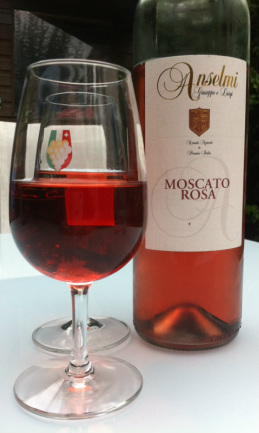 2012 Anselmi Moscato Rosa 10.5% abv £11.57
2012 Anselmi Moscato Rosa 10.5% abv £11.57 Mr Purple Teeth eyes it skeptically as I photographed it. (I made sure to do this before tasting, after the Riesling incident). Being a man he is duty bound to frown on frivolous, pink wine.
I warned him, "This won't be what you're expecting."
"I hope not," he replied.
I urged him to keep an open mind as I handed him a 100ml glass.
As reactions go, I can't ask for more than "wow", at the first sip. "An excellent light aperitif," he added. I longed to say "told you so" but refrained, for a quiet life.
I have to admit to surprising myself too. I don't drink much pink, and I don't drink much Italian wine, though I should have known that muscat would always deliver something appealing.
This is sweet but not sickly. You could perhaps pair it with a dessert of berries and cream, although the image that came to mind, as I sipped my third Italian wine in a week, was of very English Victoria Sponge. Perhaps replacing the tea in afternoon tea with this one. Scones, cream and strawberry jam and a glass of this would be a decadent way to spend an afternoon.
At 10.5% it's not going to write off your evening if you have a glass or two in the afternoon. And if you're anything like us you won't be able to stop at one glass after tasting the delicious notes of crushed strawberry & vanilla ice cream flavour, crushed berries in syrup with a hint of roses. "Strawberries, cherries, and an Angel's kiss in spring." A delightful summer wine. Now there's a cue for a song.
Cheers!

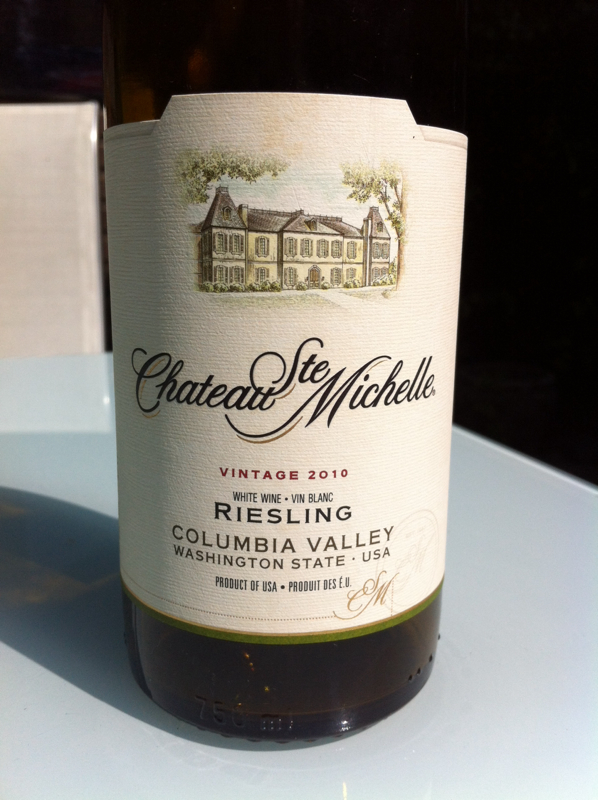
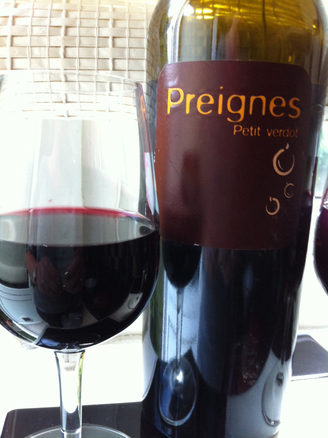


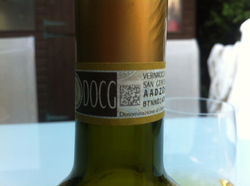
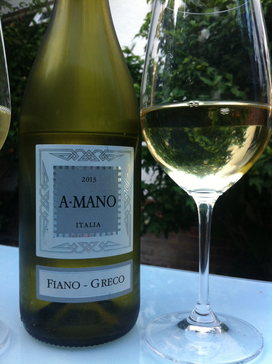
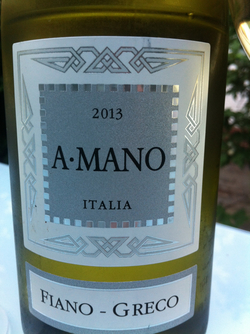
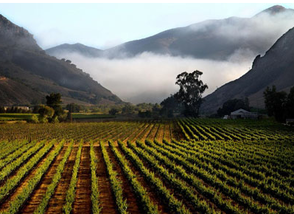
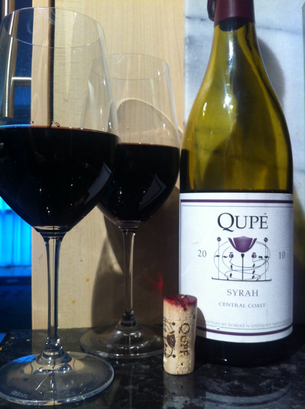
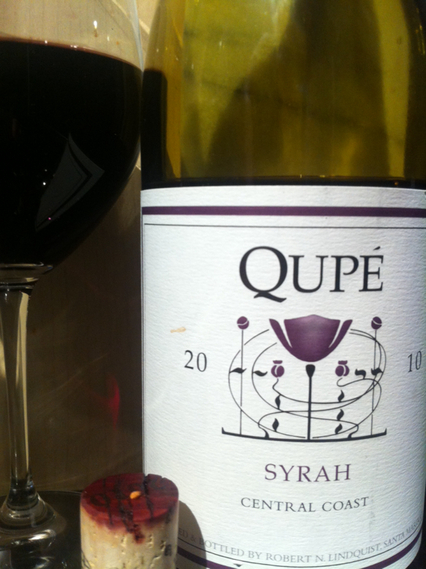

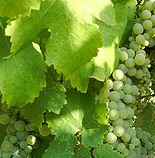
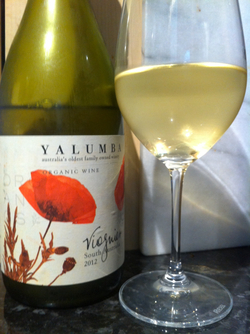
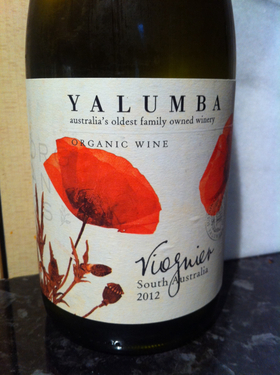
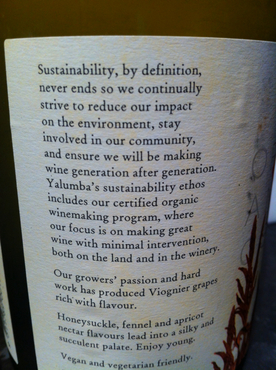
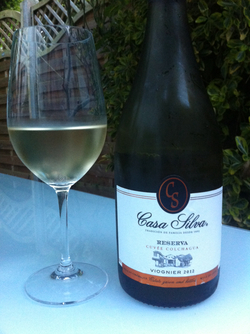
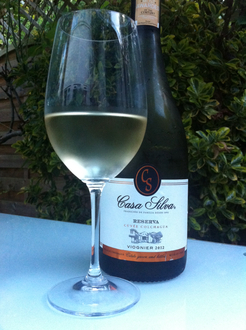
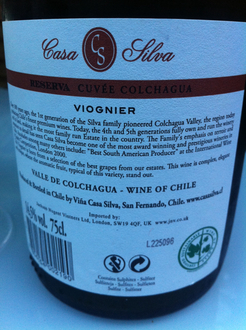
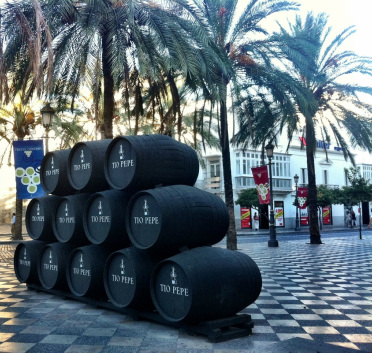
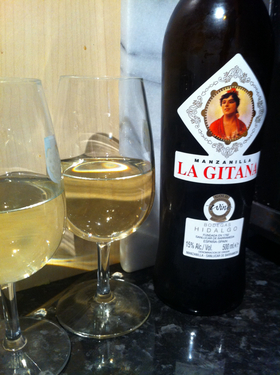
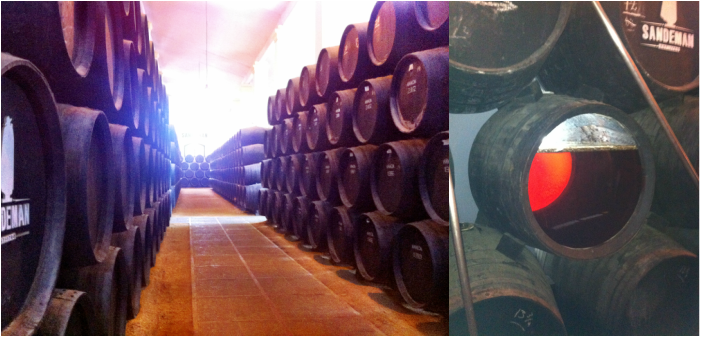
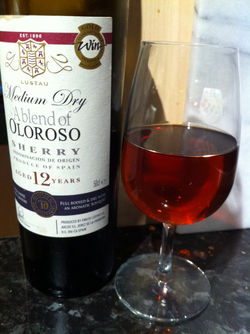
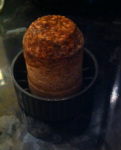
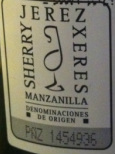
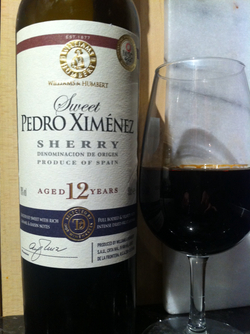
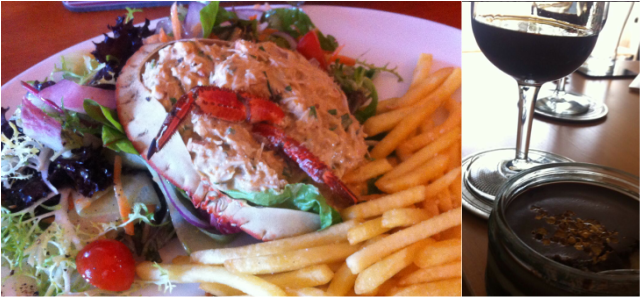
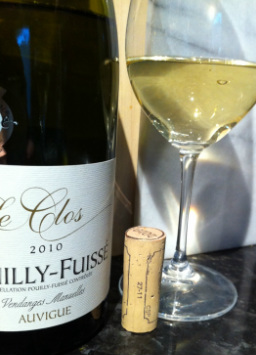
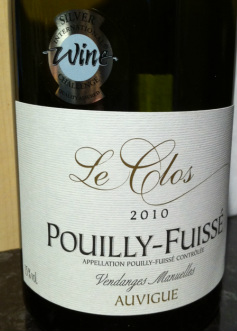
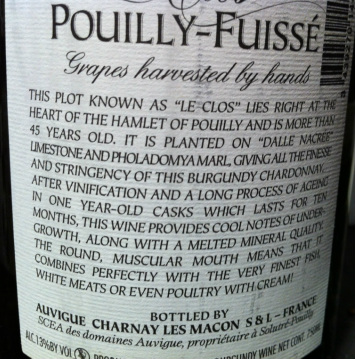

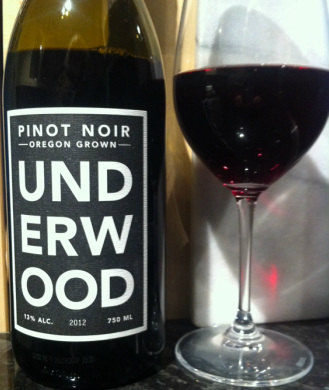
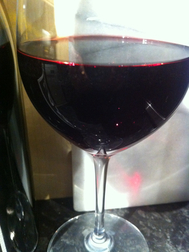
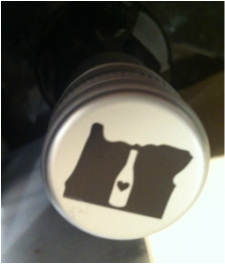
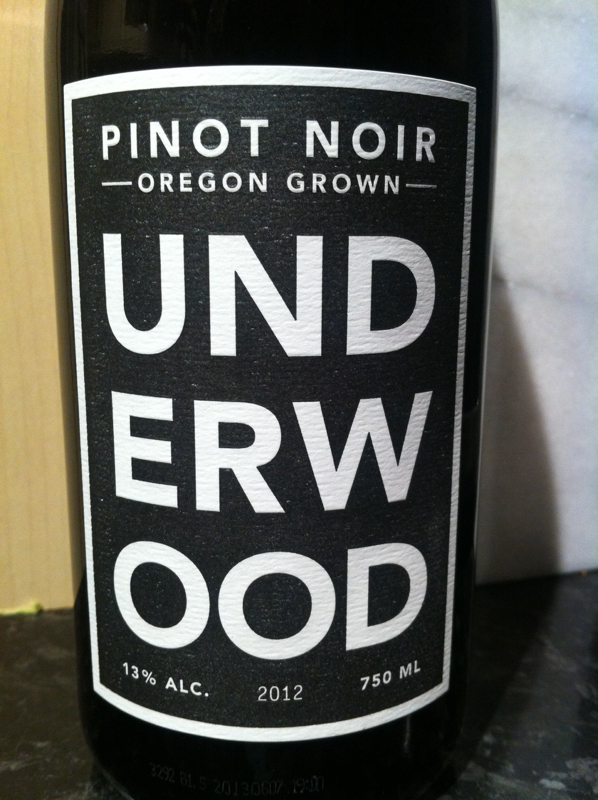

 RSS Feed
RSS Feed
